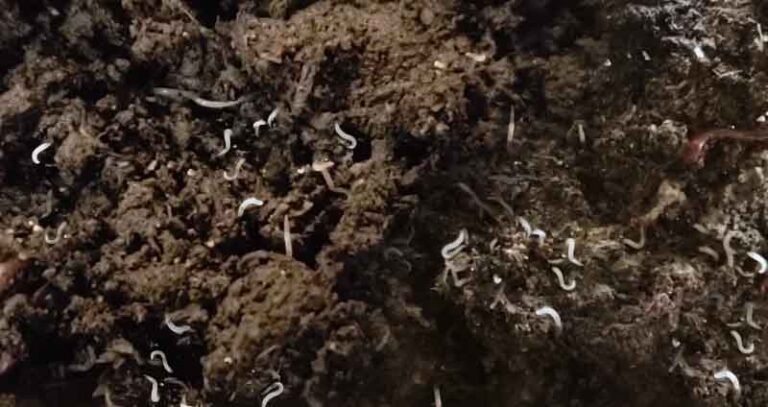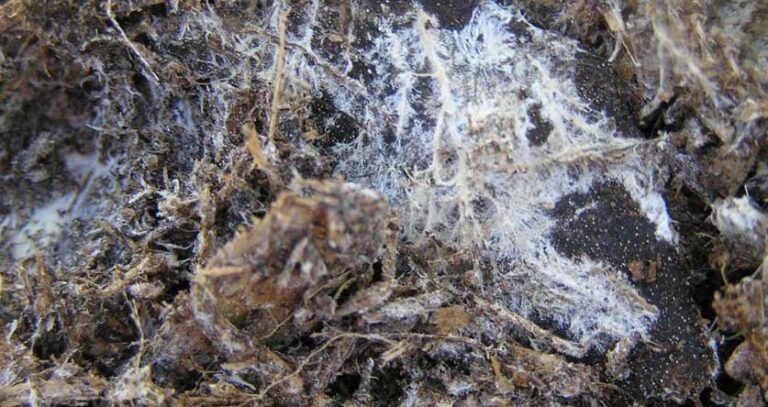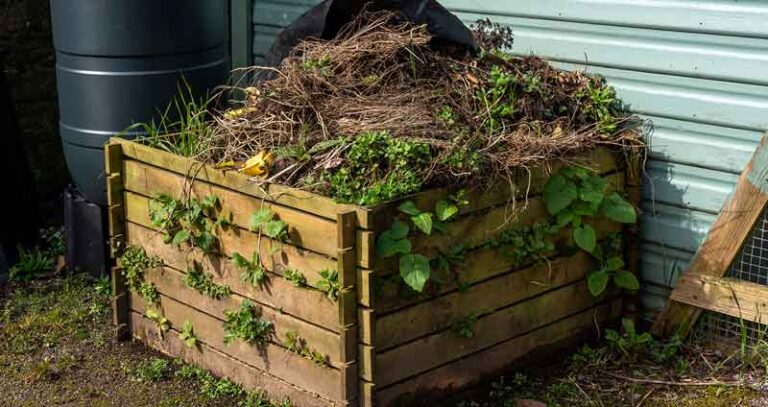Compost Not Heating Up (10 Reasons Why!)
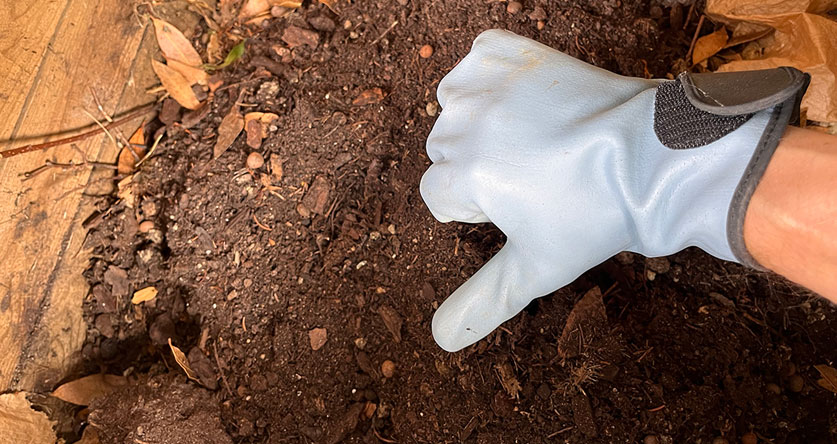
Is it an obsession?
Because while most people see vegetable peels, messy fallen leaves, and food leftovers, dedicated composters see black gold!
Turning waste into lush, fertile nourishment for the earth is a deeply satisfying pastime, so it can be disappointing when your glorious mixture fails to heat up and break down as expected.
And one of the most common questions I get asked about composting is why it doesn’t heat up as expected. Remember that each compost pile is different, so you need to combine the roles of detective, chef, and scientist to find the cause.
With that in mind, let’s look at the reasons compost doesn’t heat up and find out what to do about it.
Why Is My Compost Not Heating Up?
Compost piles that fail to heat up may be too wet or dry. The materials in the mix affect the temperature. There may be insufficient nitrogen-rich greens, or the compost might lack the right bacteria to facilitate decomposition. Other factors include the mixture’s size, position, temperature, and aeration.
Successful composting relies on microorganisms that break down organic material. These helpful bacteria produce heat as a by-product, so it’s natural to worry that nothing is happening if you don’t see your compost pile steaming.
Truth be told, it is very rare for home compost piles to gather enough volume ever to get hot enough to steam. Heat production in compost depends on a perfect combination of factors, and successful compost-making can sometimes be a rather stop-start process.
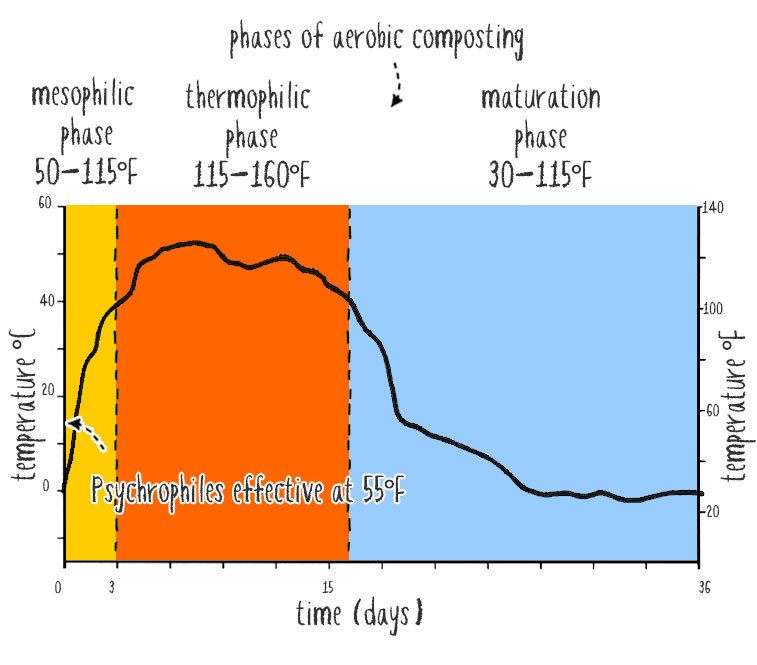
1. The Compost May Be Too Wet
According to scientists at Cornell University, too much moisture in your compost can lead to slow decomposition, nutrient leaching, and a bad smell. Very wet mixtures tend to rot rather than compost. The valuable microbes that enable compositing cannot survive anaerobic conditions. Since they are not able to work, no heat can be produced.
2. The Mixture Is Too Dry
The microorganisms necessary for composting require a 40 -60% moisture content to work optimally. If the mixture is too dry, decomposition will slow down significantly, and the compost will not feel warm, even if you have an excellent assortment of raw materials.
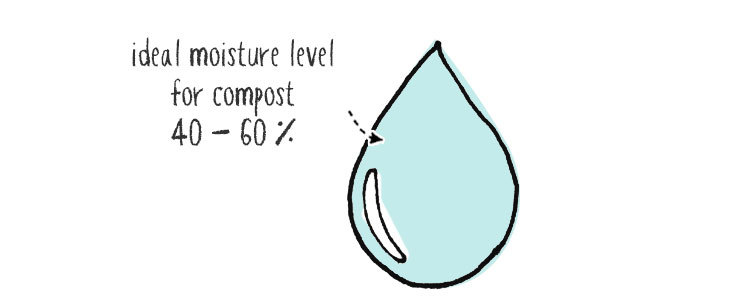
Remember, a compost thermometer like this one is an excellent way to keep tabs on your compost without having to delve your arm into the mixture each time!
3. The Shape And Size Of The Compost Pile May Not Be Optimal
When composting, size counts. The larger the volume, the better the materials can absorb, store, and release heat. However, shape also matters. For example, it would be almost impossible to get a shallow layer of compost spread across a large surface area to heat up as it would constantly dry out.
When making compost, small, compact, and deep always beats long, shallow, and spread out. Aim to have a compact mass of material in a workable area. A good minimum size is 1 cubic yard (3’x 3’x3′). Of course, it can be bigger than that as long as the surface area to volume ratio remains low.
4. More Nitrogen-Rich Green Materials Are Required
If your compost pile isn’t heating up and you’ve ruled out moisture-related problems, try adding some more green materials. Greens (which include gourmet compost ingredients like grass clippings, farm animal manure, vegetable scraps, and coffee grounds) feed the microorganisms in the pile.
Below you can see the effect of getting the nitrogen balance correct on the compost temperature:
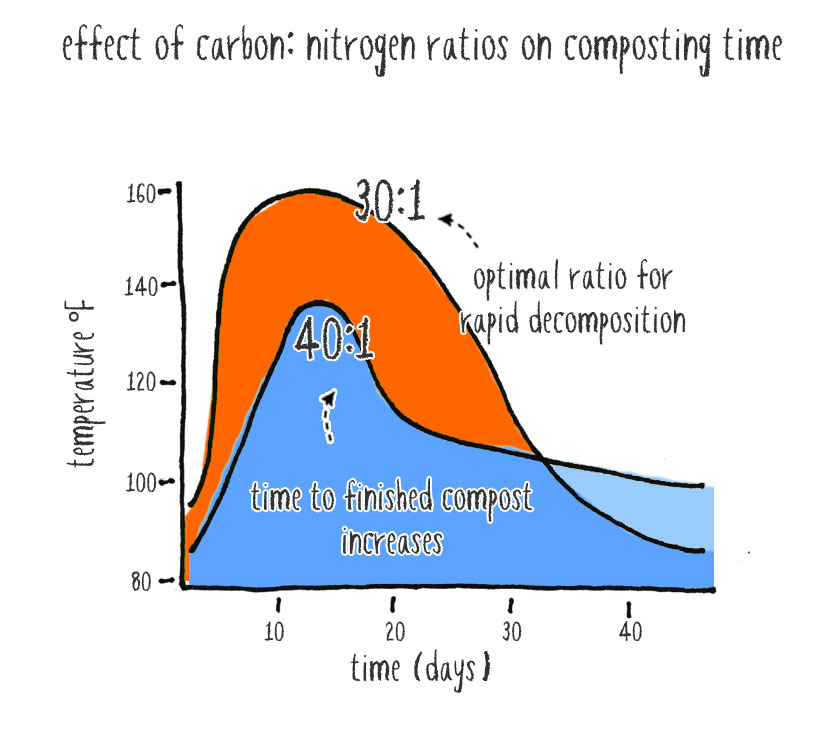
Once they return to work, you should feel the glorious warm sensation on your fingers when you check your compost 🙂 So, the recipe is as follows:
- Add more greens to warm up your compost pile,
- and add more browns if it starts to get smelly.
5. Not Enough Sun To Keep The Mixture Warm
Compost piles don’t usually take pride of place in a garden and are often located in out-of-the-way spots. Unfortunately, those places may also be the coolest, which can keep the temperature in the compost mixture low and prevent it from heating up as it should, especially during colder months.
Compost can benefit from sunlight. But you should choose your location carefully to suit your needs and local climate.
6. The Compost May Not Be Getting Turned Correctly
Two possible compost-turning-related issues may be affecting the production of heat in your pile:
- The material has become compacted, and the inside of the pile is depleted of oxygen. In this case, a good mix-up is just what it needs to get cooking again.
- If it’s being turned too often, microbial decomposition is constantly disrupted.
If you are a “serial turner” like I used to be, it’s time to put yourself on a schedule. Although you don’t have to go cold turkey completely, giving the microbes in the mixture enough time to work before somersaulting them into a new spot with a garden fork is essential.
Read my complete guide on turning compost for more about this…
7. There May Be Too Much Aeration In The Compost Pile
Compost piles that contain a lot of twigs and branches may struggle to stay warm because there is too much air circulation going on inside. Instead of forming a cozy, layered blanket effect that holds heat inside the pile, spaces between the contents allow heat to escape.
8. The Outside Temperature Might Be Too Cold
Whether we like it or not, compost is unfortunately affected by the ambient temperature. In freezing temperatures, even the most perfect composting setup is constantly losing heat from the sides and the surface of the pile. However, the good news is that although the composting process slows down during cold snaps, it doesn’t stop completely.
9. Some Essential Bacteria May Be Absent
If your newly established compost pile is taking a while to heat up, try adding a few scoops of dirt or finished compost from another heap. Sometimes, a commercially prepared compost booster like this one can give it the kickstart it needs to get the microbes working to decompose the raw materials in the mixture. (Amazon link)
10. Compost Materials Not Shredded
Larger materials take longer to decompose and, therefore, will heat up slowly (or hardly at all!)
That’s why many compost enthusiasts shred their organic waste before putting it in the pile. I always use a shredder like this to break down yard trimmings and other bulky ingredients into smaller pieces. (Amazon) The increased surface area from shredding allows microbes and organisms to access the organic matter more quickly, promoting efficient breakdown – and hey presto, more heat!
How Can I Get My Compost Pile To Heat Up?
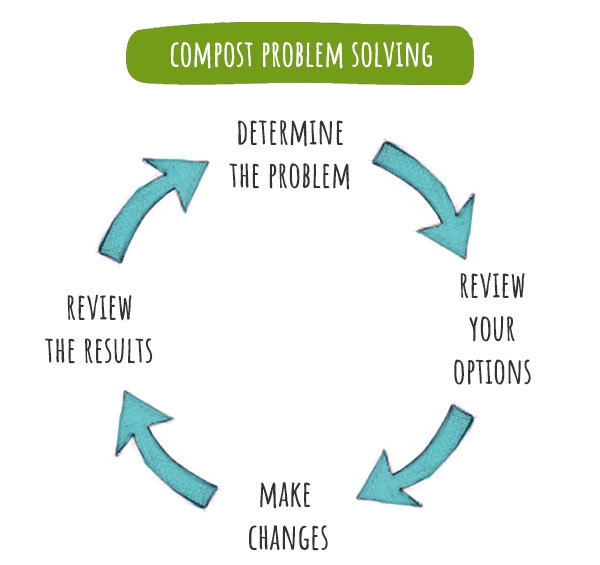
Once you have diagnosed the cause that your compost is not heating up, you will be in a prime position to remedy the situation.
Let’s take a quick snapshot of the causes and some solutions:
| Reason | Troubleshooting Solutions |
| Too wet | Unpack the compost pile and let it dry out.Add more brown material to dry it out.Turn the pile so the most waterlogged material is on the outside. |
| Too dry | Add water.Insulate to prevent water loss.Add more green materials. Move it to a different position where it will be less windy and sunny. Create a concave shape on the surface to trap water when it rains or when water is added from a hose. |
| The shape and size are too small. | Combine with other compost piles to create the most enormous pile possible.If you have a limited amount of material, change the shape to a deep cube rather than a flat spread-out circle or long rectangle. |
| Insufficient greens | Add more nitrogen-rich components like lawn clippings or vegetable peels to kickstart the decomposition process. |
| Not enough sun | Relocate the compost pile or bin to a sunnier position. |
| Not turning correctly | Too much or not enough turning can affect the heat inside a compost pile. Too much turning can disrupt microbial activity, and too little can result in compact areas that are depleted of oxygen. |
| Missing necessary bacteria | Purchase a commercially available compost start. Add a few spadefuls of dirt to the mixture. |
| Not enough sun | Move the compost pile. |
| Too compact | Turn the mixture.Add loose, more bulky, loose material to introduce air pockets. |
| Too much aeration | Shred the bulky components in the mix. Don’t turn it as often. |
| The air temperature is cold. | Insulate the compost pile or bin. Cover it with an old carpet or a tarp to keep the heat inside the pile. Move the compost to a more protected, sheltered spot. |
How Can I Get My Compost Tumbler To Heat Up?
Compost tumblers are magnificent creations that make composting in even the tiniest gardens a snap. Unfortunately, because of the large surface area compared to the volume of the drum, it can be challenging to get the material inside to heat up as effectively as a traditional compost pile.
However, all is not lost, and there are some things you can do to give your tumbler the best chance of producing quality compost. Here are some tips:
- Fill the drum as much as possible so there is greater mass inside.
- Add more green materials to increase the nitrogen level.
- Shred any bulky materials like sticks before they go in.
- Add soil or a compost starter to give the mixture some extra bacteria.
- Position the tumbler in the sun to absorb some warmth, but be careful not to get too hot inside.
- Keep the mix damp but not soaking.
- If you don’t have an insulated tumbler, keep it covered with layers of cardboard or an old carpet in freezing weather.
- Turn the tumbler regularly to increase air circulation inside the mixture.
Read this article for a full description of how to get hot compost in a tumbler.
Tips To Get My Compost Bin To Heat Up
Compost bins work the same way as compost piles, except they are more compact. This is both a blessing and a curse, but there are some things you can do to get your compost bin to heat up.
- Get the most giant compost bin that you can. Considerable volumes of decaying organic matter heat up! It’s very difficult to go wrong 🙂
- Add as much material as you can into the compost bin to add to the mass.
- Find a way to aerate the compost regularly, right through to the bottom. Compost bins are often high and deep, so getting oxygen to the lowest levels can be tricky without dismantling bins and making a mess. I usually hammer a long metal rod into the mixture and wiggle it around to introduce air into the bottom of my compost drum. For a more sophisticated approach, get a compost aerator tool or drill holes in the base of your compost bin to increase airflow.
- Position the compost bin in a sunny position.
- Insulate it during cold snaps.
- Ensure that your compost bin has proper drainage. Adding water at the top would be futile to facilitate decomposition, only to find that it is collecting in the bin’s base and causing unpleasant rotting of the material inside.


